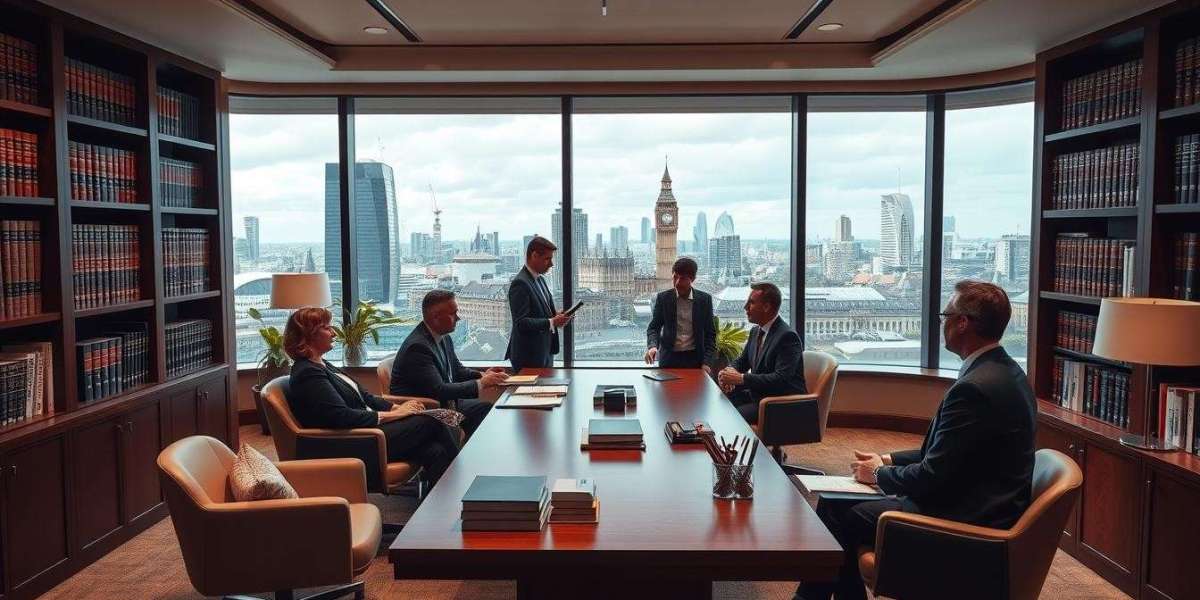Precision automobile metal parts are integral to the automotive industry, ensuring the reliability, safety, and performance of vehicles. The production process of these parts is a complex and meticulous endeavor that involves several stages, from material selection to final inspection. In this blog post, Rui Pu Luo will share the production process of precision automobile metal parts for sale, exploring each step in detail.
Introduction
Automobiles are a marvel of modern engineering, with thousands of components working in harmony to provide a seamless driving experience. Metal parts, in particular, play a crucial role in the structural integrity and performance of vehicles. Precision in manufacturing these parts is paramount, as even minor deviations can lead to significant issues in the vehicle's operation. This post will guide you through the production process of precision automobile metal parts, highlighting the importance of each stage in ensuring the quality and reliability of these components.
Material Selection
The first step in the production process is material selection. The choice of material depends on several factors, including the part's function, the operating environment, and the required mechanical properties. Common materials used in the automotive industry include:
1. Steel: Known for its strength and durability, steel is widely used for structural components.
2. Aluminum: Lightweight and corrosion-resistant, aluminum is often used in engine parts and body panels.
3. Titanium: Used for high-stress applications, titanium offers exceptional strength-to-weight ratios.
4. Stainless Steel: Resistant to corrosion and suitable for parts exposed to harsh environments.
Design and Engineering
Once the material is selected, the next step is the design and engineering phase. This involves creating detailed blueprints and specifications for each part. Computer-Aided Design (CAD) software is typically used to create these designs, which are then reviewed and refined by engineers. Key considerations in this stage include:
- Functionality: Ensuring the part meets its intended purpose.
- Compatibility: Ensuring the part fits within the vehicle's design.
- Safety: Considering the part's impact on vehicle safety.
- Cost-effectiveness: Balancing performance with manufacturing costs.
Tooling and Die Making
With the designs finalized, the next step is tooling and die making. This involves creating the molds and dies that will be used to shape the metal parts. The process includes:
1. Casting: For parts that require casting, molds are made from materials like sand or metal.
2. Forging: Dies for forging are typically made from high-strength steel to withstand the forces involved.
3. Stamping: Dies for stamping are designed to produce parts with complex shapes and features.
Material Preparation
Before the actual manufacturing process begins, the material must be prepared. This includes:
1. Cutting: Large sheets or blocks of metal are cut into smaller pieces using laser cutting, water jet cutting, or other methods.
2. Heating: Some materials, like steel, may need to be heated to make them more malleable.
3. Cleaning: Surfaces are cleaned to remove any contaminants that could affect the quality of the final product.
Manufacturing Techniques
Several manufacturing techniques are employed to produce precision automobile metal parts, each suited to different materials and part designs. These include:
1. Forging: Involves shaping the metal by applying force with hammers or presses.
2. Stamping: Uses dies to shape the metal by applying pressure.
3. Casting: Pours molten metal into molds to create parts with complex shapes.
4. Machining: Employs tools like lathes, mills, and drills to remove material and achieve the desired shape.

Heat Treatment
After the parts are manufactured, they often undergo heat treatment processes to enhance their mechanical properties. Common heat treatment methods include:
1. Annealing: Softens the metal and relieves internal stresses.
2. Hardening: Increases the hardness and strength of the metal.
3. Tempering: Reduces brittleness and improves toughness after hardening.
Surface Treatment
To protect the metal parts from corrosion and improve their appearance, various surface treatments are applied. These include:
1. Painting: Provides a protective layer and enhances aesthetics.
2. Powder Coating: Offers a durable, corrosion-resistant finish.
3. Anodizing: Creates a protective oxide layer on aluminum parts.
4. Plating: Applies a thin layer of another metal to improve corrosion resistance and appearance.
Quality Control
Quality control is a critical aspect of the production process. Each part is inspected to ensure it meets the required specifications. This includes:
1. Visual Inspection: Checks for surface defects and dimensional accuracy.
2. Dimensional Inspection: Measures the part's dimensions using calipers, micrometers, or Coordinate Measuring Machines (CMMs).
3. Destructive Testing: Involves testing a sample of parts to failure to ensure they meet strength and durability requirements.
4. Non-Destructive Testing: Uses methods like ultrasonic testing, magnetic particle inspection, or X-ray to detect internal defects without damaging the parts.
Assembly and Integration
Once the parts pass quality control, they are assembled and integrated into the vehicle. This process requires precision and care to ensure that all components fit together correctly and function as intended.
Final Inspection and Testing
Before the vehicle is released for sale, a final inspection and testing process is carried out. This includes:
1. Dynamic Testing: Tests the vehicle's performance under real-world driving conditions.
2. Safety Testing: Ensures that all safety systems, including airbags and brakes, function correctly.
3. Emissions Testing: Checks that the vehicle meets environmental regulations.
Conclusion
The production process of precision automobile metal parts is a complex and highly regulated industry. Each stage, from material selection to final inspection, is crucial in ensuring the quality, safety, and performance of the parts. As technology advances, manufacturers continue to innovate and improve their processes to meet the ever-increasing demands of the automotive industry. Understanding this process not only highlights the importance of precision in manufacturing but also underscores the dedication and expertise required to produce reliable and high-quality automobile components.








